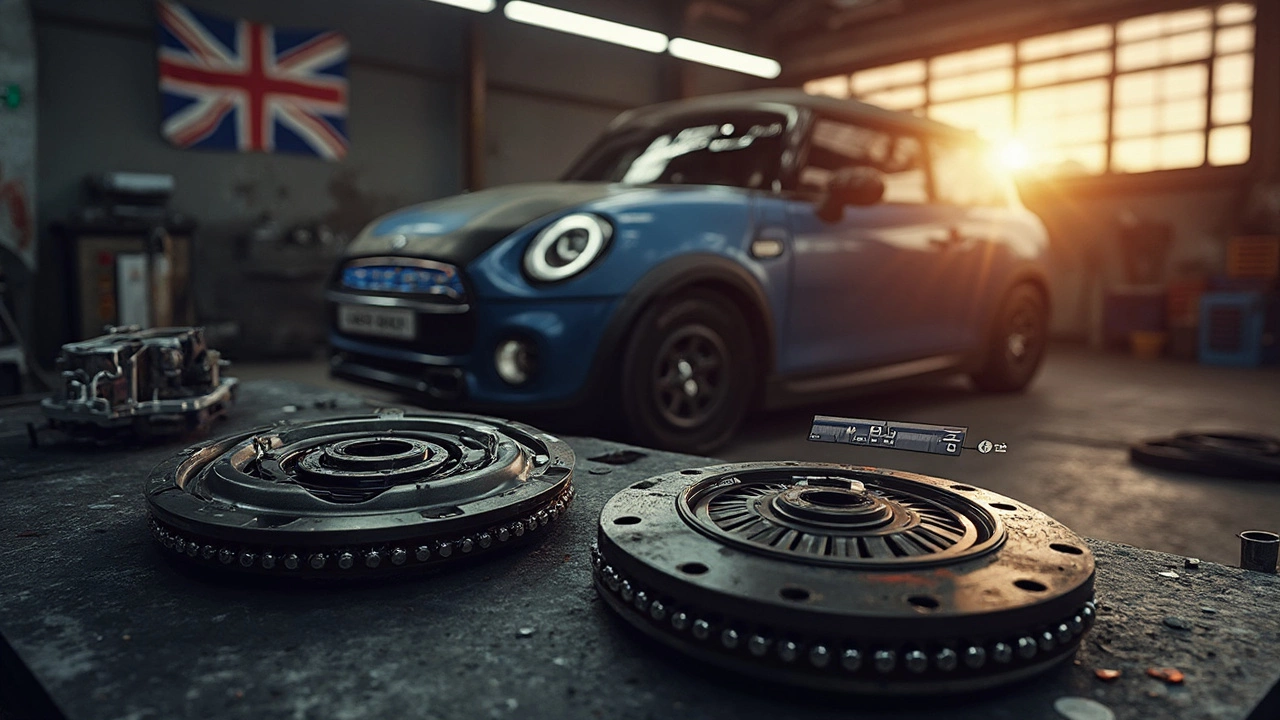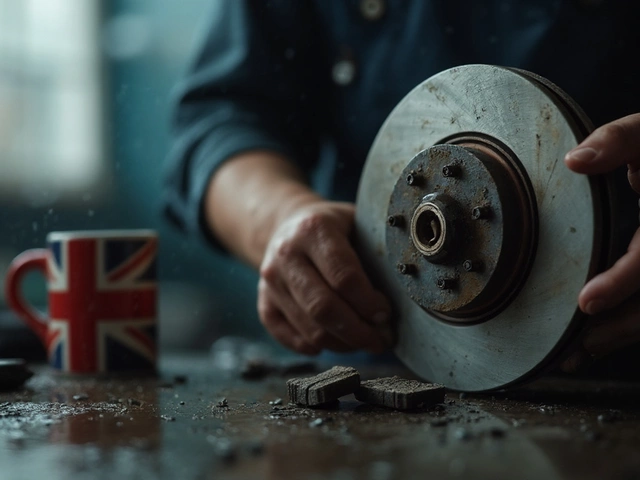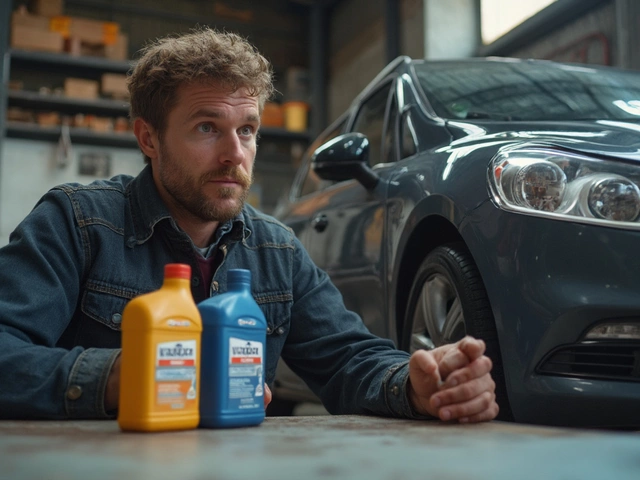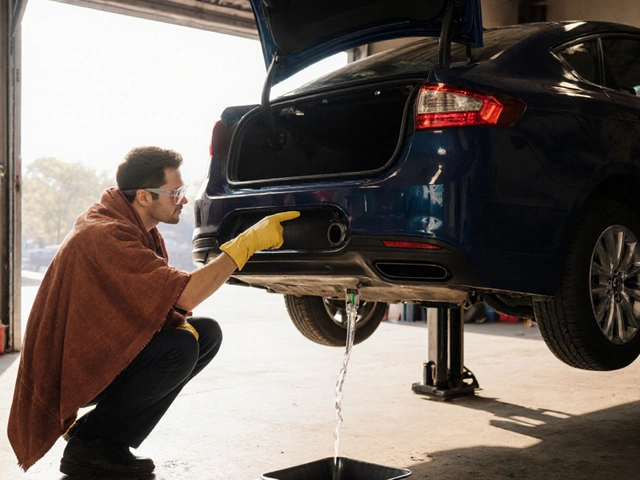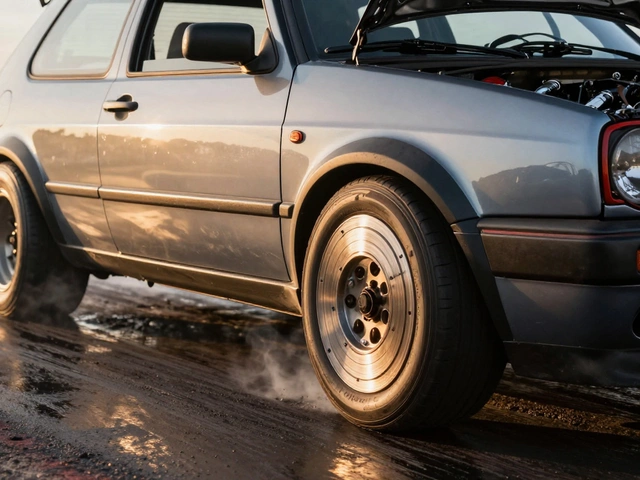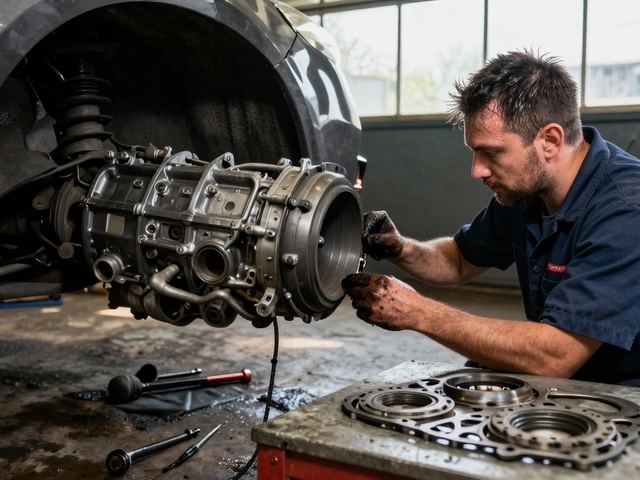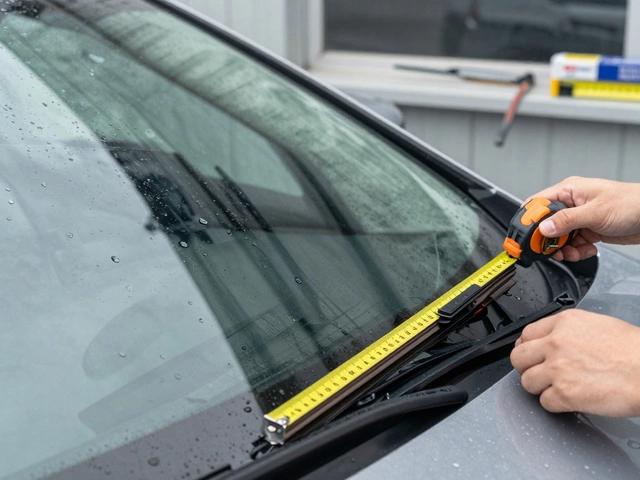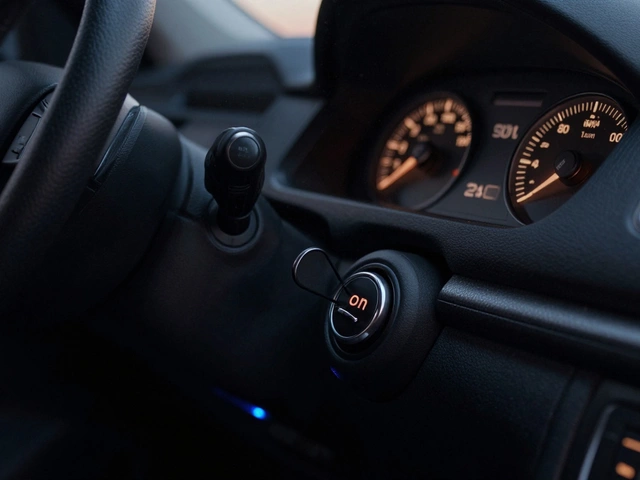If you’ve ever shopped for clutch upgrades, you’ve probably seen terms like “stage 2” thrown around everywhere. But what does that actually tell you about how much abuse or horsepower your clutch can really handle? Spoiler: it’s not just a number printed on the box.
Stage 2 clutches are built to survive a serious step up from your stock setup, but their horsepower limits can vary a lot based on the brand, the materials used, and how you actually drive the car. It’s not as simple as “Stage 2 = 400 HP” across the board.
This isn’t just talk I’ve heard at car meets. I’ve put a few clutch kits to the test in my own garage and even swapped stories with fellow weekend racers. Real-world results can remind you how a clutch that’s bulletproof at 350 HP in a grocery-getter might tap out under hard launches in a turbo build. You want the facts, not marketing speak, because nothing ruins a track day faster than the smell of burnt clutch.
- What Makes a Clutch "Stage 2"?
- Typical Horsepower and Torque Ratings
- Real-World Factors That Affect HP Handling
- Street vs Track: What Changes?
- Getting the Most Out of Your Stage 2 Clutch
What Makes a Clutch "Stage 2"?
Let’s cut through the hype. A stage 2 clutch sits right between mild upgrades and full race use. It’s designed for folks who have gone a step past bolt-on mods, maybe running a turbo swap, high-flow exhaust, or even some modest track time. The key is in the materials and pressure plate. Instead of basic organic compounds like you’d find in a stock clutch, a stage 2 setup usually uses a combination of Kevlar or carbon mixed with organic pads. These help it handle more heat and friction, which means more horsepower and torque before slipping.
Most brands increase the clamping force on the pressure plate by 15-40% compared to OEM, thanks to stiffer springs. This helps grab onto the flywheel better and transfer power without drama—even during aggressive shifts or quick launches. That beefier spring pressure, though, can mean your left leg gets a bit more of a workout, especially if you drive in traffic.
- Organic/ceramic mix discs (sometimes even segmented for better bite)
- Heavy-duty pressure plates with more grip
- Upgraded springs for higher clamping force
- Reinforced hub for repeated hard launches
Don’t just rely on the stage number, though. Companies like ACT, Exedy, and Clutch Masters might have slightly different formulas for their performance clutch kits. Always check torque ratings and match them up to your actual setup. One company’s stage 2 might be the next company’s stage 1. A quick glance at some common specs gives you an idea:
| Brand | Stage 2 Torque Rating (ft-lb) | Stage 2 Clutch Type |
|---|---|---|
| ACT | 340-420 | Organic/Heavy Duty |
| Clutch Masters | 400-500 | Ceramic Kevlar/Heavy Duty |
| Exedy | 330-395 | Organic Sprung/Heavy Duty |
The bottom line: when you see "stage 2," think beefed-up, but not wild. It’s about everyday drivability with a solid boost for folks who want real-world gains from their clutch kit without losing street manners.
Typical Horsepower and Torque Ratings
It’s super common for people to ask, “How much horsepower can a stage 2 clutch actually handle?” On paper, most stage 2 clutch kits are rated for somewhere between 300 to 450 horsepower, but the real number depends as much on torque as it does on outright HP. Torque is what twists your clutch and makes it slip or grab, so always check torque ratings first.
Here’s a look at some actual numbers for popular performance clutch brands:
| Brand | Stage 2 Kit Torque Rating (ft-lbs) | Estimated HP Support |
|---|---|---|
| ACT | ~410 | 350-420 |
| Exedy | ~345 | 300-350 |
| Spec | ~420 | 350-450 |
| Clutch Masters | ~400 | 340-400 |
Manufacturers don’t always agree on how they rate their clutch kits, so two stage 2 clutches from different brands might not perform the same way even if they have similar HP numbers. Clutch material matters—a puck-style clutch with ceramic discs will grab harder and handle more heat than organic, but can be rougher for daily driving. Some stage 2 kits are more about improved pedal feel and moderate HP increases, while others can take real punishment at the track.
One big tip: always check the torque rating for your specific engine. A beefed-up turbo four-cylinder making 350 lb-ft is a totally different animal from a high-revving NA V6 with the same peak HP.
If you’re pushing close to 400 HP or torque, that’s the upper safe limit for most stage 2 setups. Pushing harder means risking clutch slip, especially if you love hard launches or clutch kicks. In that case, you might want to start looking at stage 3.
The big takeaway? Don’t just look at the “stage” label—dig into the numbers, compare brands, and make sure your clutch kit matches your actual power goals and driving style.
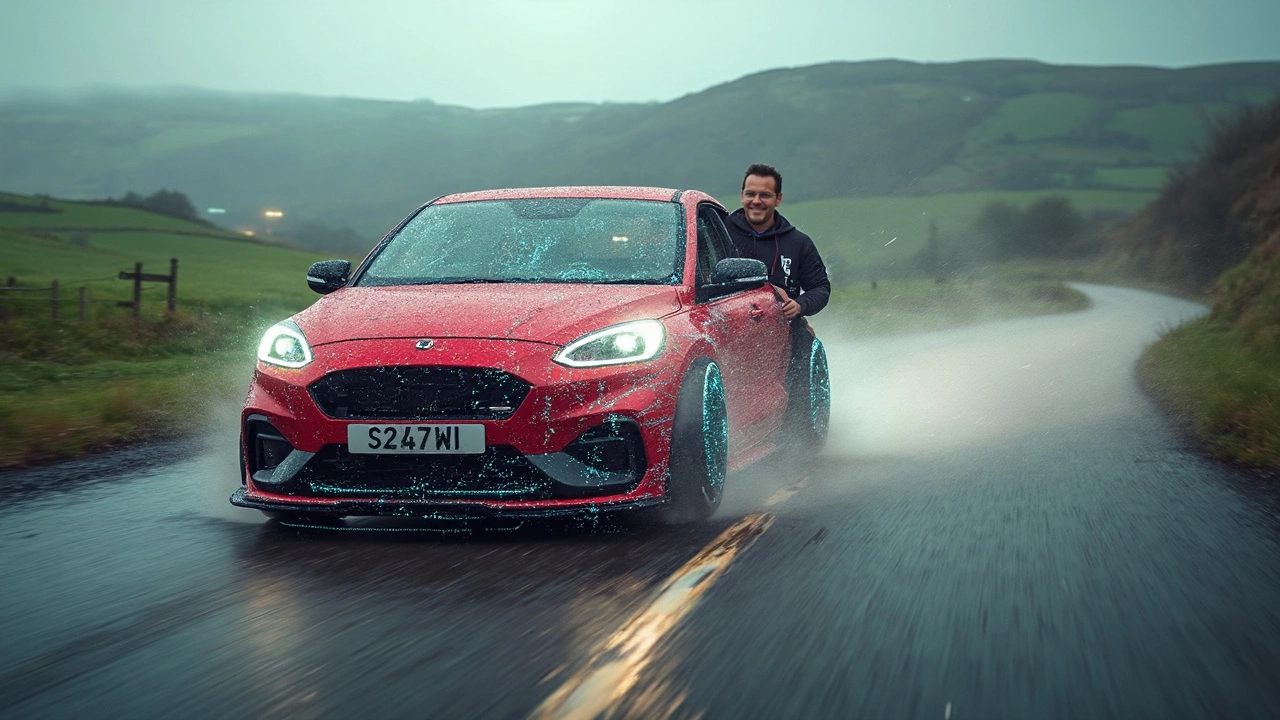
Real-World Factors That Affect HP Handling
It’d be nice if every stage 2 clutch handled the same power, but that’s just not how it works. Real life throws in curveballs you don’t see in online product specs. Let’s look at what actually matters for how much horsepower your performance clutch can take before it screams for mercy.
- Torque is king. Most clutch kits are rated by torque, not HP. Horsepower numbers sound cool, but your clutch lives or dies by how much torque your setup delivers—especially if you’re running forced induction. I’ve seen clutches rated for 400 lb-ft hang tough with 450 HP, as long as the torque curve was manageable.
- Driving habits matter a lot. Daily commuting is one thing; tracking the car on weekends, doing clutch dumps, or even towing is something else entirely. Repeated hard launches and aggressive shifting cause way more stress. If that’s your deal, you might want a higher rating than what you “technically need.”
- Tuning and supporting mods. A boosted motor, sticky tires, and a lightweight flywheel all strain the clutch more. How the power comes in—like a turbo spooling fast versus a smooth N/A build—affects wear and max HP the clutch can really take.
- Quality of install. No joke, a bunch of clutch failures aren’t about the clutch at all. Poor installation, skipping flywheel resurfacing, or not bleeding the hydraulics right can turn even the best clutch kit into junk fast.
- Clutch material. Do you have organic, ceramic, or a puck-style disc? For example, ceramic discs can handle more heat and shock, so they’ll take more power, but they can be harsher to drive.
Here’s a quick comparison table showing rough max torque ratings for popular stage 2 clutch types—actual numbers always depend on brand and fitment:
| Type | Avg Max Torque (lb-ft) | Best For |
|---|---|---|
| Organic (Stage 2) | ~300-350 | Street, mild mods |
| Ceramic (Stage 2) | ~350-450 | Track, high power |
So, next time someone says their clutch “should handle 400 HP easy,” ask about the torque, tuning, and how they really drive. It makes a huge difference in what your clutch will put up with day-to-day.
Street vs Track: What Changes?
Let’s talk about what really separates daily drives from track days when it comes to a stage 2 clutch. The same clutch that feels perfect on your commute can show its weak spots fast at the track. That’s not just sales talk—it’s real wear-and-tear differences from how and where you drive.
On the street, most people use their performance clutch in conditions designed to go easy on the hardware. Light acceleration, easy gear shifts, mostly steady speeds. This means peak torque only shows up for a second or two during a spirited pull or a quick overtake. Most decent stage 2 clutch kits easily handle those bursts, even at HP limits close to their ratings.
Track use is a whole different game. Here’s what changes:
- Heat builds up fast. You’re launching harder and shifting faster, and your clutch barely gets a break between laps. Heat is public enemy #1 for any clutch kit, and stage 2 is no exception.
- Consistent abuse. Unlike street driving, you’re hitting near-maximum torque and power again and again. The clutch’s advertised HP rating is tested hard every lap, especially in longer sessions.
- More aggressive engagement. On the track, you’re shifting at redline and downshifting hard. This puts brutal stress on the friction material and springs compared to regular street cruising.
Don’t just take the brand’s word for it. Plenty of manufacturers rate their stage 2 clutch kits up to 400–450 HP (sometimes higher if it’s a ceramic or multi-puck design)—but that usually assumes street use, or occasional track days. If you run your car hard at every event, you might start to notice slipping or chatter even below these numbers. One trusted clutch brand reports that around 80% of their warranty returns from "failed" clutches actually show overheating from repeated track abuse, not manufacturing defects.
| Usage | Average HP Limit (Stage 2) | Common Problems |
|---|---|---|
| Street | 400-450 HP | Occasional chatter, stiffer pedal |
| Frequent Track | 350-400 HP | Overheating, early wear, slippage |
One quick tip? If you run frequent track events or drag launches, aim for a clutch with headroom: go up a notch on torque rating if possible, keep your transmission fluid fresh, and inspect your clutch disk and pressure plate for signs of glazing or overheating after every few events. A stage 2 clutch can pull double duty, but know its limits—and don’t expect miracles if you’re planning to thrash it most weekends.
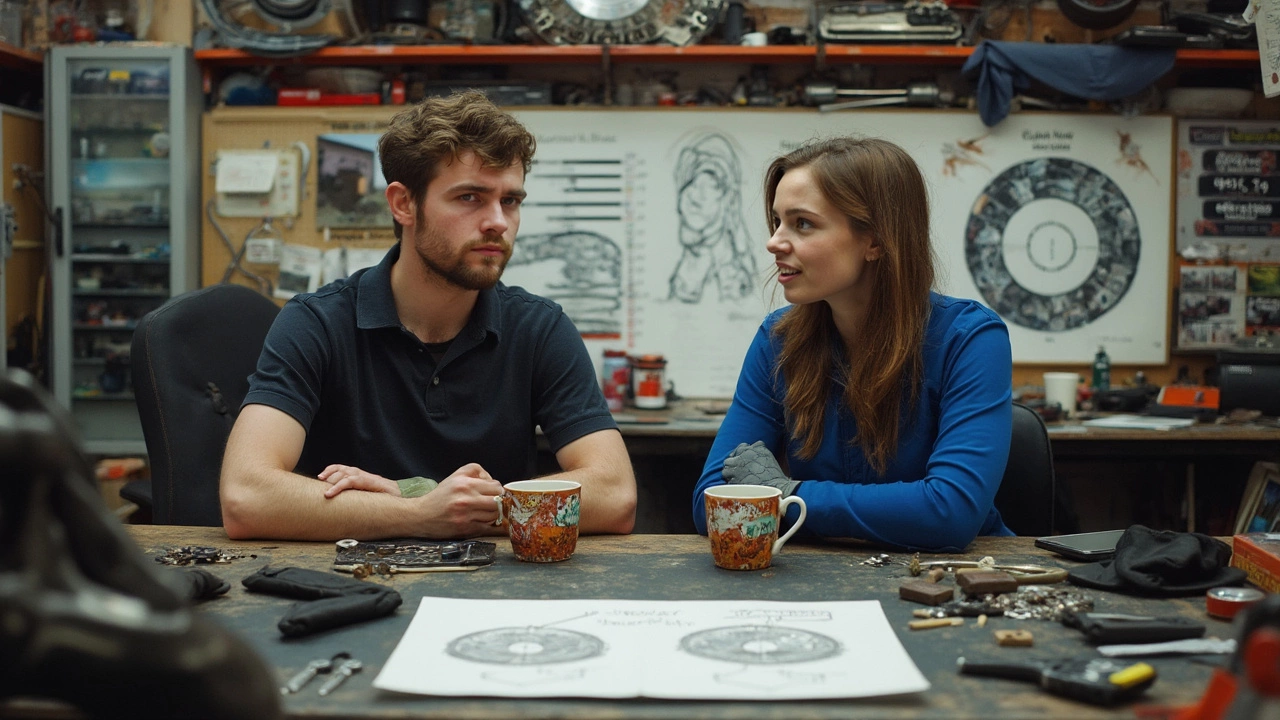
Getting the Most Out of Your Stage 2 Clutch
If you want your stage 2 clutch to last—and actually handle the horsepower you throw at it—it’s not just about picking a good kit. How you install, break in, and use the clutch plays a huge role in its life and performance.
First up, let’s talk proper break-in. Most manufacturers recommend 500–750 miles of normal, stop-and-go driving before you get wild with launches or flat shifts. Skipping that step can lead to uneven wear and, honestly, even the toughest clutch won’t forgive that mistake. I learned this the hard way on a Civic build in my early twenties and saw a brand-new disc glazed over in just a few weeks.
Here are some dead-simple ways to get more from your stage 2 clutch:
- Always match your clutch with your power goals: If your car is making more than the rated horsepower or torque, your clutch will slip. Don’t fudge the numbers or trust a gut feeling—check real torque ratings, not just HP.
- Avoid riding the clutch: Sitting at a light with your foot still pressed? That’s burning up your disc. Get in the habit of shifting to neutral instead.
- Quality install matters: Make sure the flywheel surface is freshly resurfaced and bolts are torqued to spec. Misalignment or skipping steps during install kills more clutches than high power does.
- Keep your hydraulic system healthy: If your clutch pedal feels spongy or inconsistent, bleed the system. Low or dirty fluid causes the clutch to drag or not fully disengage.
- Watch out for heat: Spirited driving is fine, but riding the clutch up hills, or practicing too many hard launches in a row, can overheat it. Once you smell that burnt friction material, it’s already too late.
Let’s put some numbers in perspective. Here’s a quick table with typical stage 2 clutch life expectancies, based on usage:
| Driving Type | Expected Lifespan |
|---|---|
| Daily driving (city/highway) | 30,000–60,000 miles |
| Weekend street/strip | 10,000–30,000 miles |
| Full track/racing use | Under 10,000 miles (sometimes much less) |
One last pro tip—don’t forget to upgrade your clutch line to a braided steel piece if your car’s on the older side. That change alone made engagement feel way more consistent on my last WRX.
Getting the best out of your performance clutch kit is no different from any other part: treat it right and match it to your build, and it’ll do its job without drama. Trying to cut corners? That’s when you’ll end up stranded in the wrong parking lot, hoping your buddy with the trailer picks up.
